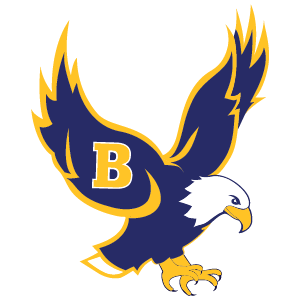Skip to content
Show submenu for BHS
BHS
Handbooks
Internship
Program of Studies
Show submenu for Staff
Staff
Technology Access
Show submenu for Families
Families
Show submenu for Athletic/Clubs
Athletic/Clubs
Show submenu for Learning
Learning
Online Learning
Departments
Show submenu for Experiential Learning
Culturally Responsive Learning Community
Senior Project
Barrington AfterProm
Content Keeper Certificate
Athletic Hall of Fame
Administration
Show submenu for
